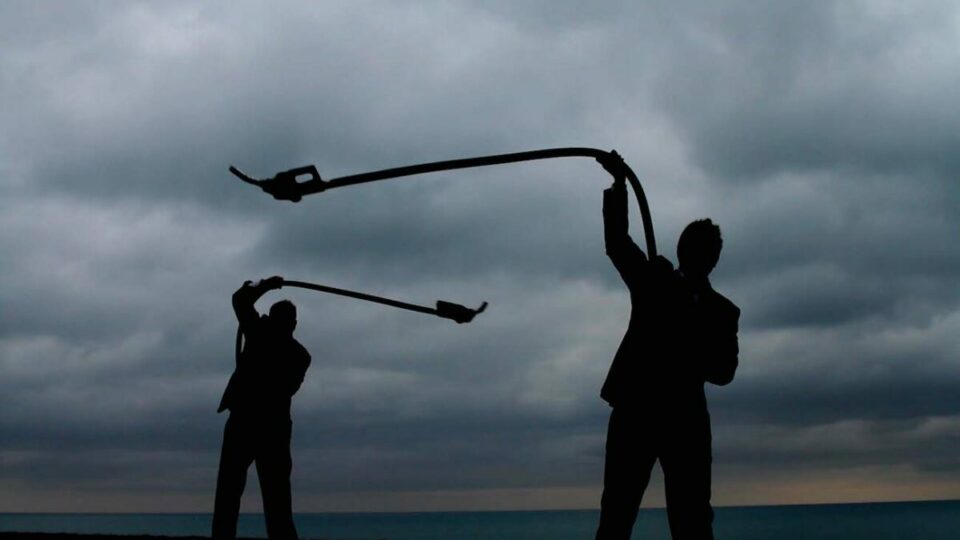“The concept of diaspora allows for artwork to be framed through ideas of movement and transformation, exceeding the limitations of geographic boundaries” states Jeffrey De Blois, curator of ICA/Boston’s new show. Forecast Form: Art in the Caribbean Diaspora, 1990s–Today. The exhibition brings together the works of 28 international names who have a connection to the Caribbean. These include conceptual and performance artists Lorraine O’Grady (b. 1934), Ana Mendieta (b. 1948) and María Magdalena Campos-Pons (b. 1959). Their perspectives highlight the global network of communities and histories that have shaped the identities of people linked to the region. It’s a show that takes the 1990s, when debates around identity and difference featured front and centre, as a cultural backdrop. This transformative decade had a major effect on the cultural sector, laying the grounds for the Pan-Carribean art exhibition model.

The display features the project of Suchitra Mattai (b. 1973), a Guyanese American multi-disciplinary artist of South Asian descent. Her textile piece, titled An Ocean Cradle (2022), is made from ghungroo bells and vintage saris collected from friends and family. The materials are woven together to create a large-scale yet painstakingly intricate embroidered wall hanging. It’s difficult to pinpoint the colours in front of you, as they take over the white gallery wall. Initially, shades of blues and pinks stick out, but the longer you look, the more hues, shapes and textures come into focus. The effect is intentionally disorientating as the artist gives the “experience of being an immigrant” a physical form. Mattai’s ancestors were indentured servants who emigrated from India among others from 1830-1900. The resulting piece is an expression of her family history, one intertwined with other stories imbued into each bit of fabric.

Elsewhere Danish-Trinidadian Jeannette Ehlers’ (b. 1973) video work, Black Bullets (2012), shows the sky mirrored on a reflective surface. It divides the screen horizontally. Along this invisible line, a procession of Black people walk from left to right. They appear to sink into the horizon as they exit the screen. It serves as Ehlers’ tribute to the Haitian Revolution in 1791, which paved the way for the country’s independence from French rule in 1804. By bringing together voices from across the Caribbean diaspora, Forecast Form shines a piercing light on the threads between colonialism and migration.
Forecast Form: Art in the Caribbean Diaspora, 1990s–Today | Until 25 February 2024
Words: Diana Bestwish Tetteh
Image Credits:
Christopher Cozier (b. 1959, Port of Spain, Trinidad & Tobago; lives in Port of Spain), Gas Men (still), 2014. Two-channel video; display dimensions variable. Courtesy of the artist.
Teresita Fernández, Manigua(Mirror), 2023. Solid charcoal, black sand, and mixed media on aluminum panel.
Jeannette Ehlers, Black Bullets (still), 2012. Video (black-and-white, sound; 4:33 minutes). Sound: Trevor Mathison; Technical Assistance: Markus von Platen; Camera: Jette Ellgaard & Jeannette Ehlers. Private collection. Courtesy the artist. © Jeannette Ehlers





